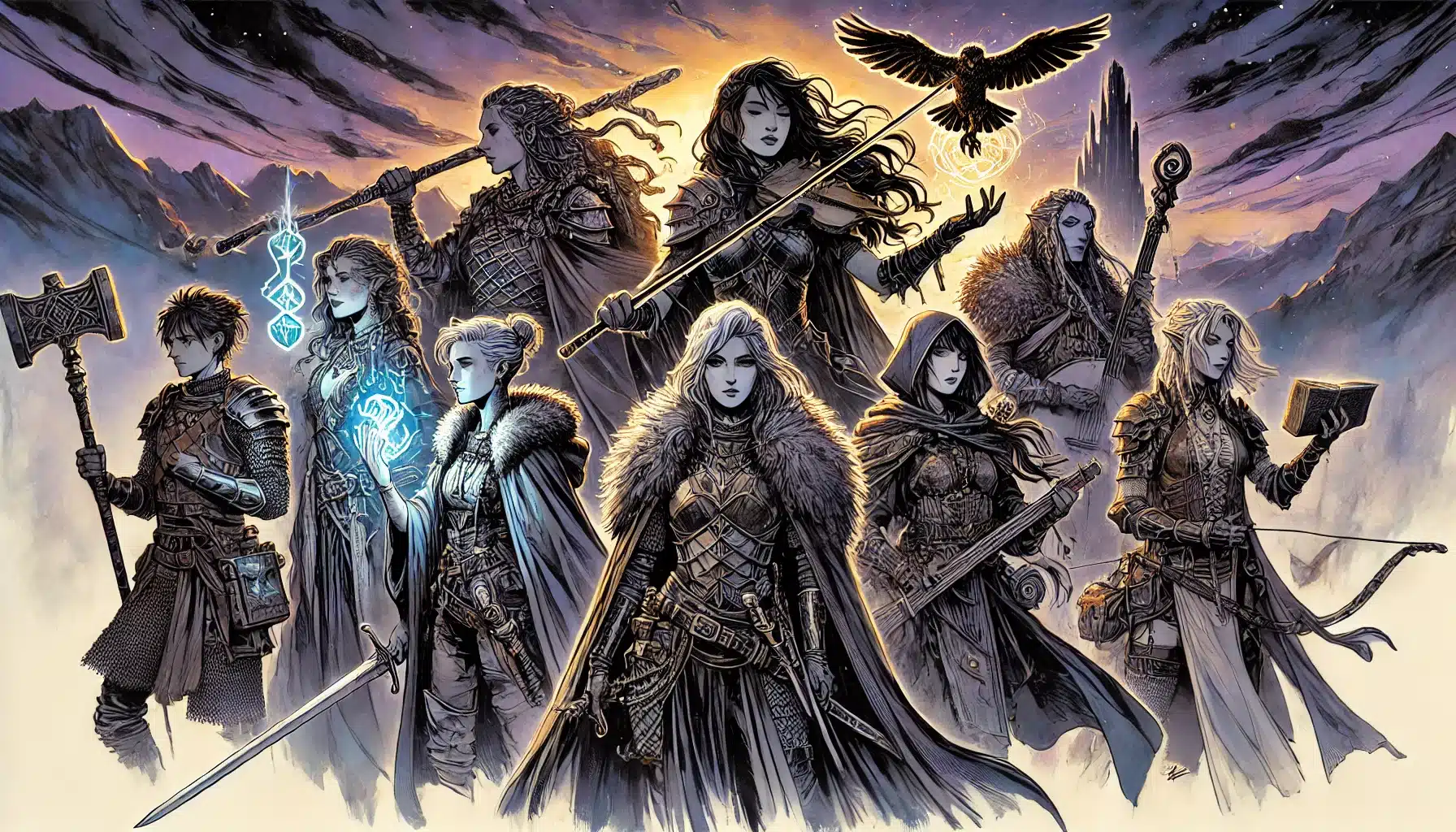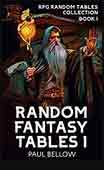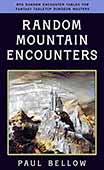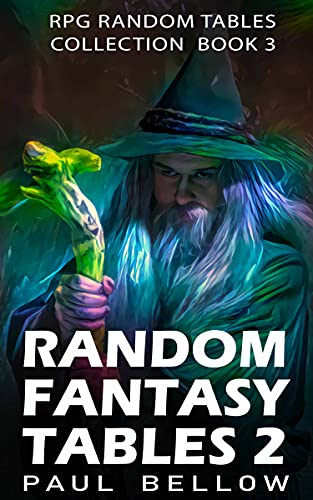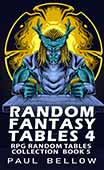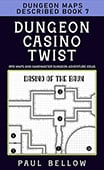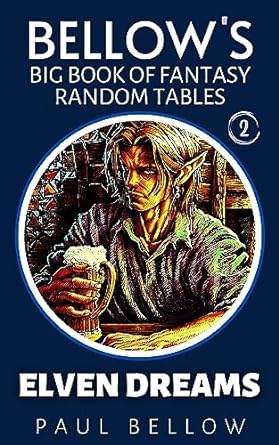Gathering seven, eight, or even more adventurers around the Dungeons & Dragons table is a thrilling prospect—one that all but guarantees stories of wild heroics, spectacular chaos, and unexpected alliances. Yet with large parties comes a unique set of challenges, threatening to turn high fantasy into logistical slog. Spotlights fade unevenly across the table as extroverts command center stage and others shrink into the backdrop. Initiative order starts to feel like a roll call at the world’s strangest DMV. Combat stretches on, and, like a spell gone awry, player engagement flickers and dims. The risks are real—but so is the potential for epic scope, richer roleplay, and vibrant group energy.
The heart of the matter is that big groups are not inherently broken, just demanding. Where some see stumbling blocks, clever Dungeon Masters can find opportunities to weave larger-than-life tales. With intentional design, large parties aren’t clumsy crowds—they’re ensembles, each player a vital voice in the chorus. The challenge transforms into a celebration of diversity, teamwork, and unforgettable chaos (the good kind). Giants may have more moving parts, but they also leave bigger footprints—your campaign will, too.
Among the most common pain points: the dreaded slow combat crawl that stretches a goblin skirmish across an entire evening; the spotlight drift, where introverts go unheard while the bard monologues; decision paralysis, where eight would-be tacticians argue over which corridor to enter; and, not least, the gentle disengagement that creeps in as phones buzz and snacks vanish.
But, for all these trials, a large party gives you magical resources small groups only dream of. Multiply creative minds means multiplied schemes, varied perspectives, and a rollicking blend of interpersonal drama. There’s a richness to these stories, a feeling that you’re truly steering a fellowship—one that fills campaigns with layered intrigue and collaborative energy.
Don’t fear the big table. Embrace it with a DM’s signature tools: flexibility, intention, and a dash of panache. Large parties push your creativity and reward you for weaving structure and spontaneity together. The solutions are out there—ready for DMs who meet complexity with invention. Let’s explore seven tested techniques for transforming your sprawling adventuring party into an unforgettable epic.
- Technique 1: Use Initiative Blocks or Team Turns
- Technique 2: Streamline Combat Encounters
- Technique 3: Delegate Table Roles to Players
- Technique 4: Split Spotlight With Purpose
- Technique 5: Use Downtime to Personalize Play
- Technique 6: Design With Party Sub-Groups
- Technique 7: Keep Session Goals Clear and Session Length Tight
- Final Thoughts on Managing Large D&D Groups
Technique 1: Use Initiative Blocks or Team Turns
Nothing drains a room faster than combat rounds dragging to a crawl as ten players and a small army of monsters take individual turns. The classic initiative order becomes a sequence of polite silence and idle scrolling—until it’s your moment, and suddenly, everyone else tunes in again. For large parties, the old system just can’t keep the table’s attention. Enter: team initiative, block initiative, or “team turns”—your new weapon for banishing dead air and firing up engagement.
Try my AI Tabletop RPG generators...and an extensive library of content!
With team turns, you group players together, allowing several to act simultaneously or in rapid sequence. Suddenly, the pacing shifts: while one block acts, the others strategize. Cooperative planning flourishes, as allies coordinate spellcasting and maneuvers before their segment. Gone are the long downtimes—everyone knows when their window arrives, and anticipation builds collaboratively, not competitively.
Arranging these blocks can add narrative flair. Grouping by physical seating brings a subtle, infectious camaraderie—folks on the couch become “the left flank.” Or form sub-teams within the party: scouts, spellcasters, melee, or simply “the troublemakers” work together, transforming the tactical puzzle into a cooperative playfield. Now, initiative becomes a tool to shape both pacing and story.
For the DM, team initiative streamlines management dramatically. Battles gain rhythm and momentum, and the table grows more animated as players plot together. Discussion shifts from whispers over the grid to shared strategy aloud, turning downtime into a collaborative thrill. The result: faster rounds, higher engagement, and a palpable sense that the party is truly acting as a team.
8+ Ways to Implement Team Turns with Large D&D Parties:
- Block by Physical Seating: Group players as they sit around the table.
- Sub-Teams by Role: Divide into “front-liners” and “support,” or similar.
- Simultaneous Planning: Have each team plot tactics together, then resolve all at once.
- Action Declarations by Rank: Go in order of initiative within each block, but all declare actions before rolling dice.
- Class-Type Initiative: Wizards together, rogues together, etc., for thematic flare.
- Token Passing: Use physical tokens to indicate when a team’s turn is up, adding a tactile cue.
- Rotating Block Leadership: Assign a “team leader” each round to declare actions and manage the group’s flow.
- Last Turn, First Turn: The team who went last in the previous round starts this one—ensuring everyone gets a chance to act early and late.
- Monster/Enemy Blocks: Group foes into similar blocks to mirror player teams, keeping the rhythm engaging.
- Order by Encounter Phase: Early attackers first, ranged support second, melee last; mix it up based on scenario.
⚔️ Fantasy RPG Random Tables Books
Make life as a Gamemaster easier…
If you play Dungeons & Dragons, Pathfinder, or other fantasy RPGs, this
RPG random tables series
is packed with encounters, NPCs, treasure, and more. Available in eBook or print—either way, you’ll have a wealth of adventure ideas at your fingertips.
This technique takes a bit of getting used to—especially for players who thrive on solo spotlight, or for complex spellcasters tracking intricate effects. It may require gentle reminders, or tweaking block order to keep things fair. With time, though, your party will find the flow—and you’ll discover combat that feels energetic rather than exhausting.
The true beauty? Team turns foster not just efficiency, but camaraderie. When your party is strategizing together, victories (and mistakes) feel shared. Players anticipate not only their own clever moves, but cheer for their teammates’ successes. Suddenly, the party hits its stride—and the energy scales up, not down, with every seat at the table.
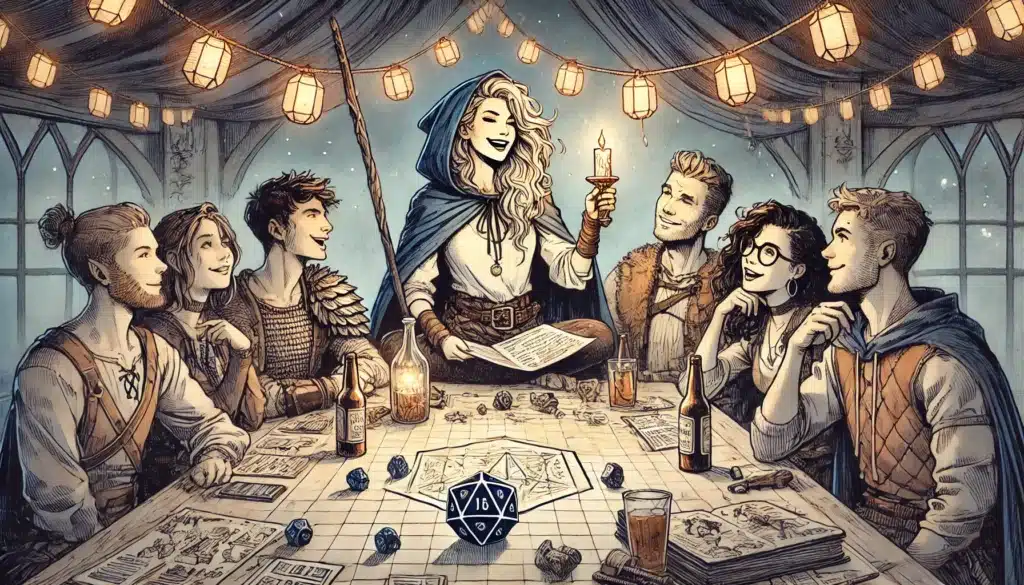
Technique 2: Streamline Combat Encounters
With a sprawling party, battles that felt brisk for four adventurers become epic slogs for seven or more. The secret, counterintuitively, is not to scale up complexity but to trim it down—making each combat sharper, faster, and more exhilarating. It’s time to cut the chaff: favor quality, not just quantity, and give every round a sense of purpose.
First, rethink your enemy selection. Instead of fielding hordes of minions, opt for a few robust, dangerous foes. A single clever adversary, empowered with tricks like lair actions or dynamic positioning, can deliver all the challenge you need—without a parade of NPCs dragging out each round.
Environment becomes your ally. A shifting battlefield, collapsing bridges, rolling fog, or magically warping terrain calls for ingenuity over dice-rolling. These elements reward player creativity: clever plans, bold risks, and out-of-the-box thinking all speed up action and keep everyone invested.
Trim the redundant. Skip unnecessary rolls—if a character is searching a bare room, do you really need an Investigation check? Make narration crisp, highlighting only the most evocative details. Save the slow-motion for special moments, not every blow.
Finally, keep monster turns tight. Combine similar enemies’ actions, minimize the use of reactions unless they really matter, and be ready to fudge fate in favor of flair and momentum.
10+ Tips for Speeding Up Combat with Large Parties:
- Use lair actions or legendary actions for bosses to add danger without adding more enemies.
- Minimize use of reaction-dependent features to reduce interruptions.
- Stagger monster turns—run similar creatures simultaneously.
- Resolve “mob” attacks as a single group roll instead of dozens of separate ones.
- Prune minor enemies—focus on a couple of significant threats.
- Pre-roll monster initiatives and hit points for fast setup.
- Set clear victory conditions (e.g., “survive five rounds” or “reach the ritual site”).
- Encourage descriptive over mechanical narration—reward flair, not tedium.
- Remove repetitive status effect tracking—limit uses of stuns/paralyzes in big fights.
- Allow ready actions and player collaboration for spectacular combos.
- Use digital or physical initiative trackers for group visibility.
- End “cleanup rounds” early—declare victory once outcome is obvious.
- Integrate environmental hazards with simple effects (flames, falling debris, shifting floor).
- Keep enemy stat blocks handy and ultra-simplified.
Streamlined combat keeps party morale high—the energy remains focused, the tension high, and the story moving. There’s little more dispiriting than spending 90 minutes grinding through a trivial goblin nest; your group’s patience is a precious resource.
Remember: “epic” doesn’t mean “long.” The best fights are memorable not for their length, but for their stakes, creativity, and drama. Give your players the room to shine, then usher the scene forward—battle won, party cheering, the adventure rolling toward the next big moment.
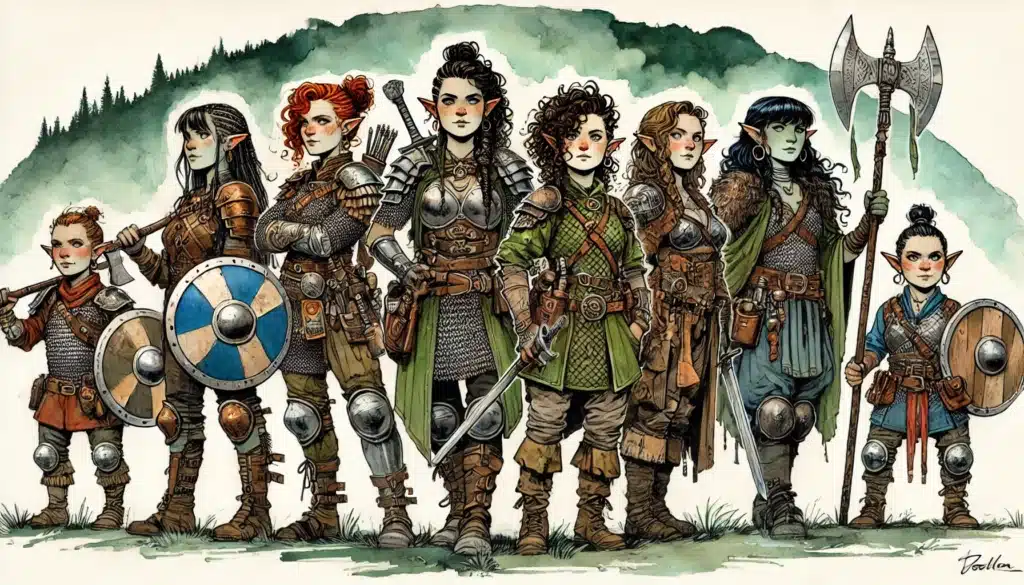
Technique 3: Delegate Table Roles to Players
In large parties, the DM’s cognitive load threatens to become a burden. Suddenly, you’re not just narrating a fantasy saga—you’re a one-person logistics office, juggling initiative, narrative beats, loot piles, and sometimes even snacks. But you’re not alone! Harness the power at your table by giving players leadership roles. When everyone shares the load, the adventure flows sharper and deeper.
Table roles aren’t about doling out chores—they’re invitations. Players who track initiative, manage maps, reference spell effects, or record critical story beats become stewards of the table’s memory. Each role makes the player an active engine of the game’s momentum, rather than just a passenger waiting their turn.
⚔️ Fantasy RPG Random Tables Books
Make life as a Gamemaster easier…
If you play Dungeons & Dragons, Pathfinder, or other fantasy RPGs, this
RPG random tables series
is packed with encounters, NPCs, treasure, and more. Available in eBook or print—either way, you’ll have a wealth of adventure ideas at your fingertips.
Rotating roles deepens engagement. That bard with a knack for recap speeches? Give them the summary slot. The paladin whose notes put court reporters to shame? Let them track quest items or NPC affiliations. Even casual players can shine with fun, campaign-specific jobs—“snack quartermaster” or “dread crier” of plot twists, anyone?
Ultimately, delegation builds trust and buy-in. Players who shape the session’s structure are likelier to invest in its narrative. Beginners learn more, fast; veterans gain fresh perspective and agency. The whole table becomes a living organism, capable of much more than any DM could accomplish solo.
12+ Suggested Table Roles for Large Adventuring Parties:
- Initiative Tracker
- Map Manager/Cartographer
- Rules Reference (“Sage”)
- Loot Tracker
- Note Keeper (chronicles party actions or NPCs)
- Recap Speaker (summarizes previous session)
- Quest Board Curator
- Combat Order Announcer
- Timekeeper (“Clockwatcher” for breaks and pace)
- Faction Contact Keeper
- Downtime Activity Liaison
- Spell Effect Tracker (active buffs, conditions, etc.)
- Mood Monitor (checks if anyone’s being sidelined)
- Soundtrack Manager (if you use in-game music)
- Scene Prop Wrangler (manages tactile props or minis)
Table roles empower your veterans—those who thrive on logistics or lore can become true co-authors of your group’s saga. On the flip side, newcomers given easy, low-pressure titles (like tracking gold or recapping) have a steady invitation into deeper participation.
This division of labor isn’t just efficient; it’s evocative. A table humming with purpose feels vibrant, alive, and welcoming. Best of all, you, the DM, can finally focus on what matters most: spinning tales and adjudicating wild schemes as they unfold.
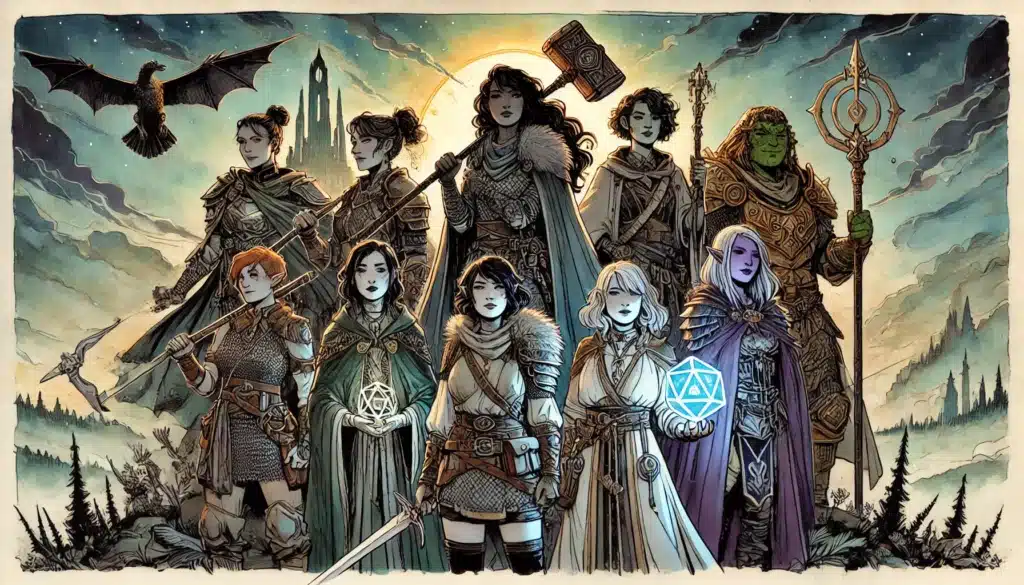
Technique 4: Split Spotlight With Purpose
When seven voices clamor for attention, it’s all too easy for some to fade into the narrative wallpaper. Balanced spotlight is no accident—it’s a discipline, cultivated through design. The secret? Sessions crafted with intentional beats and diverse encounter tempos, so every player finds their moment amid the tumult.
Vary your sessions: alternate between ensemble scenes (the party plotting, exploring, or fighting together) and miniature arcs that draw focus to a handful of characters at a time. Don’t just wait for wallflowers to demand the stage—plan for them. Layer personal subplots and mission hooks tailored to unique backgrounds or goals.
Rotate focus consciously. Keep track of who’s driven the most scenes lately; pass the conversational baton to the quieter players. Short, evocative side scenes—a private message from a patron, a cryptic dream sent mid-watch—can give underused characters depth and presence.
Balance is an art, not an equation. Some players feast on combat; others live for roleplay or puzzle-solving. Mix up encounter types so that everyone, eventually, finds a field tilled for their strengths. The ensemble thrives when each note, loud or soft, can be distinctly heard.
| Player Type | Preferred Spotlight | Suggested Encounter Style |
|---|---|---|
| Tactical Thinker | Combat | Complex battlefield, leadership moment |
| Storyteller | Roleplay | Political intrigue, moral dilemma |
| Explorer | Exploration | Lost ruins, environmental puzzle |
| Problem Solver | Exploration/Combat | Multi-phase trap, riddle combat |
| Supporter | Roleplay | Team-building, downtime vignettes |
| Trickster | Roleplay/Combat | Stealth missions, negotiation gone awry |
| Loner | Exploration/Roleplay | Solo scouting, secret investigation |
| Face/Leader | Roleplay | Speechcraft, contested social scenes |
| Magical Specialist | Combat/Roleplay | Ritual challenge, magical anomaly |
| Newcomer | Any (Guided) | Low-stakes intro, buddy encounter |
Proactive prep makes all the difference. Plan ahead for who needs more screen time, and vary your encounters for team-wide appeal. Ending each session with a “mini-moment,” devoted to an underused character, is a gentle, powerful way to keep everyone invested.
Spotlight management is a living practice, not a fixed puzzle. With attentive design, even the shyest player can grow into their own legend—one carefully timed soliloquy, or one desperate saving throw, at a time.
Technique 5: Use Downtime to Personalize Play
A sprawling party doesn’t have to mean lost arcs or background details. Downtime—between-session activity via text, email, or brief one-on-one moments—lets you deliver rich, personal narrative without chewing up precious table time. This is where side quests blossom and character-driven stories deepen, all away from the ever-watchful eyes of seven hungry adventurers.
Structured downtime turns logistical headaches—shopping, research, spellcraft, scouting—into scenes of unique focus and consequence. The paladin follow-ups leads with the town guard, the rogue fences treasure, the wizard chases strange omens in old tomes. Each action shapes the living world, giving players roots and context unique to their journey.
Try my AI Tabletop RPG generators...and an extensive library of content!
Low-pressure, asynchronous interaction keeps eager players satisfied for days after the last dice were rolled. It also offers quieter or busier players a chance to engage on their own terms, deepening immersion and connection at a comfortable pace.
Personalized downtime resolves practical tasks, but does much more: it sews secret seeds, builds subplots, and gives every player a slice of narrative ownership. With a little planning, all that time away from the table becomes its own story engine.
14+ Downtime Activities for Deep Character Play:
- Magical research or spell invention
- Crafting potions, magical items, or weapons
- Running a business or shop
- Investigating rumors or criminal activity
- Training a new skill or feat
- Gathering intelligence for a guild or faction
- Maintaining or enhancing a stronghold
- Organizing local festivals or celebrations
- Undertaking solo side missions
- Handling personal or family obligations
- Negotiating political deals
- Socializing with townsfolk/NPCs
- Spiritual quests: visions, divine communions
- Planning heists or infiltration ops
- Settling debts or securing loans
- Building alliances, recruiting hirelings
Encourage tying downtime directly to campaign threads—making these scenes resonate with, not distract from, your greater narrative. The necromancer’s forbidden study might birth the next villain; the ranger’s solo hunt reveals a hint of the approaching dragon’s flight.
Downtime keeps the wheels turning, stoking creative fires long after the session ends. Best of all, it gives every player—spotlight hog or wallflower—a personal stake in the unfolding legend, no matter how crowded the next adventure.
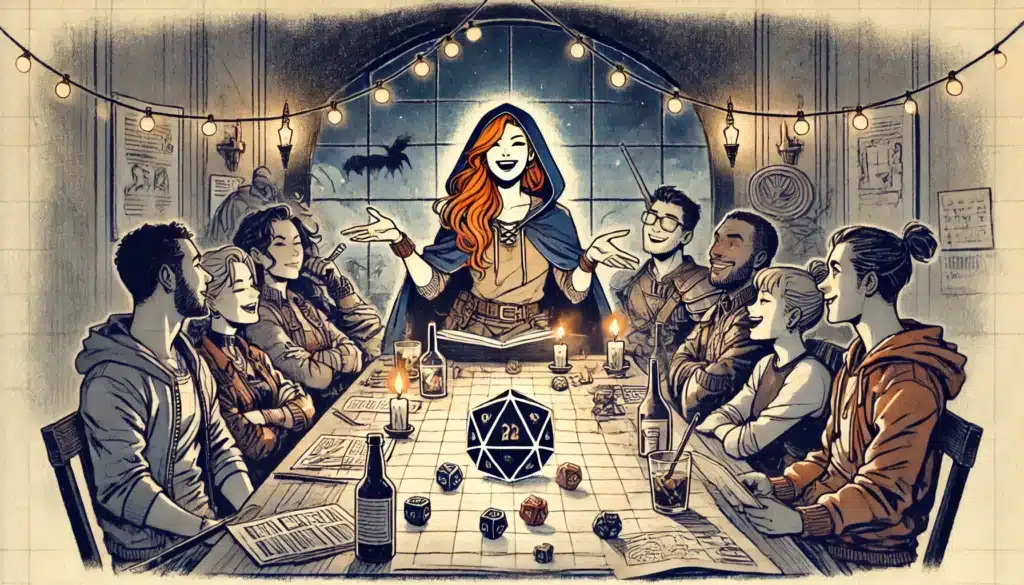
Technique 6: Design With Party Sub-Groups
Sometimes, the best way to manage a large party is not to split them permanently (a classic blunder), but to gently encourage temporary sub-groups within an adventure. Picture two teams: one sneaking into the villain’s lair, another warning the city guard. Dual missions mean organic spotlight division, streamlined scenes, and tension that snaps back together in spectacular fashion.
Sub-groups shine in planning. You might divide tasks during the Star Festival: one party runs the contest, others hunt for the missing artifact. Or break into moral dilemmas—one group deals with the vampire, another with the werewolf, both consequences tied. These splits scale down encounter scope, giving each player more focused attention and making management much more manageable for the DM.
Short-term separations add flavor. Let two or three characters chase after a subplot, or send the ranged combatants up to the rooftops while melee dives into the sewers below. Even roleplay scenes—side chats with wary townsfolk, or haggling over arcane gear—work beautifully in parallel.
The trick: always bring the group back together with memorable stakes. Reunions feel earned, and each sub-team brings fresh perspective and new drama into the fold. Permanent splits, by contrast, sap the campaign’s energy unless supported by truly grand narrative arcs.
10+ Prompts for Creating Sub-Group Play:
- Split objectives (“Defuse the bomb and save the hostages at the same time”)
- Simultaneous environmental puzzles (solve two clues that reveal the map)
- Moral dilemmas (“Choose who will negotiate with each warring faction”)
- “A-Team/B-Team” missions (one direct, one stealthy)
- Competing for resources (split to grab the last two healing potions)
- Chasing two villains at once
- Covering multiple locations (city, ruins, forest) in parallel scenes
- Roleplay splits (interrogate witness vs. research the archives)
- Staggered time scenes (see what happened ten minutes apart)
- Scouting teams vs. main force (information-gathering feeds main group’s choices)
- NPC escort missions (different characters with different responsibilities)
- Voting/quorum-based decisions (split for debate, then rejoin)
Remember, sub-groups work best when they reunite in a blaze of payoff. Avoid permanent divides unless your campaign is intentionally crafting an epic, parallel saga—otherwise, the party’s heart is in their togetherness.
Used well, this method makes big parties feel nimble, their stories layered and interwoven. Recombining them after the split makes every reunion a fresh opportunity for drama and shared victory.
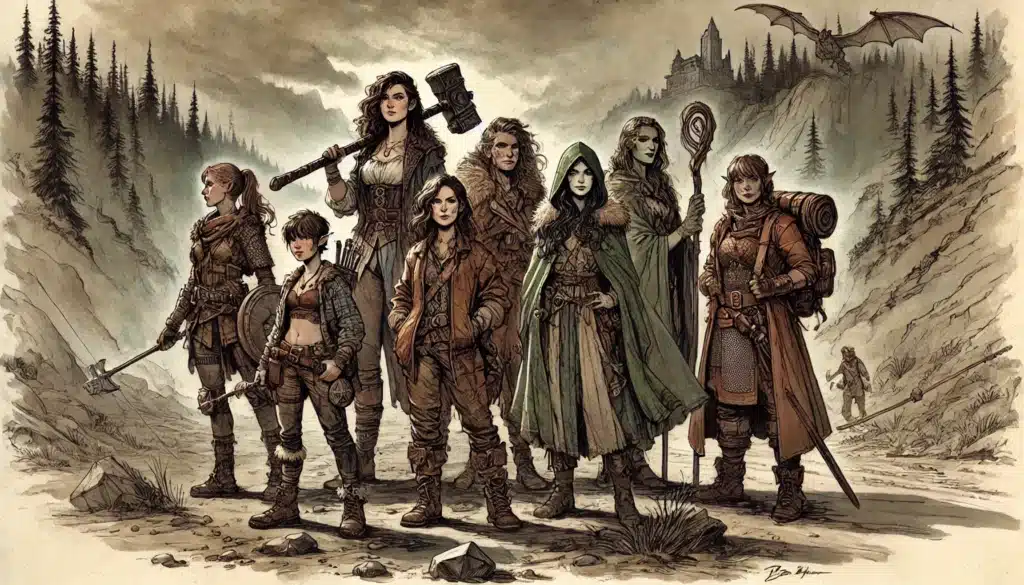
Technique 7: Keep Session Goals Clear and Session Length Tight
The secret ingredient in vibrant large-group play isn’t just creativity—it’s clarity. Sessions with firm, transparent objectives and tight time boundaries cut through the clutter, keeping everyone on-task and alert. When every player knows what’s at stake, decision paralysis shrinks and dramatic focus soars.
⚔️ Fantasy RPG Random Tables Books
Make life as a Gamemaster easier…
If you play Dungeons & Dragons, Pathfinder, or other fantasy RPGs, this
RPG random tables series
is packed with encounters, NPCs, treasure, and more. Available in eBook or print—either way, you’ll have a wealth of adventure ideas at your fingertips.
Start each session with stated goals: rescue the hostage, uncover the secret, survive the siege. Outline major arc milestones, and highlight any “bonus” objectives. This sense of purpose sharpens group discussions, paring down the disruptions and indecision that can plague sprawling parties.
Session rhythm matters. Set clear expectations for session length. Whether it’s “four hours or until we hit the next cliffhanger,” keeping the experience bounded preserves energy and makes each moment precious. The anticipation of a crisp ending elevates play, replacing burnout with excitement for the next session.
Strategies for goal-setting can be as creative as your campaign itself. Don’t just pick “beat the dungeon”—maybe it’s “find three secrets,” “unlock the ancient library,” or “forge a treaty by night’s end.” Frequent, visible progress points the way, helping even the largest party stay focused and unified.
12+ Strategies for Clear Goals and Tight Sessions:
- Pre-session agenda email or chat
- Starting sessions with a “mission briefing”
- Explicit, visible goal lists on the table or on-screen
- Milestone-driven storytelling (“Reach the tower’s summit tonight”)
- Declared session “win conditions” (e.g., survive, escape, convince NPC)
- Timer-based exploration (“30 minutes for the haunted wing—go!”)
- Focused “scene economy”—don’t let any scene run too long
- End on cliffhangers or dramatic reveals (not just when time runs out)
- Player-driven goal-setting (“What does everyone want to accomplish?”)
- Use “progress clocks” or trackers for big objectives
- Publicly posting quest rewards for maximum buy-in
- Scheduled, intentional breaks (keeps energy from flagging)
- Final recap with a next-session teaser
- “Lightning round” resolution for low-impact scenes
There’s incredible power in structure. Tight, goal-oriented sessions feel like episodes of a great show: vibrant, layered, never overstaying their welcome. Players leave excited, not exhausted.
Remember: sprawling length isn’t epic by default, but high or sustained energy surely is. If your session leaves the table hungry for more—it was the perfect length.
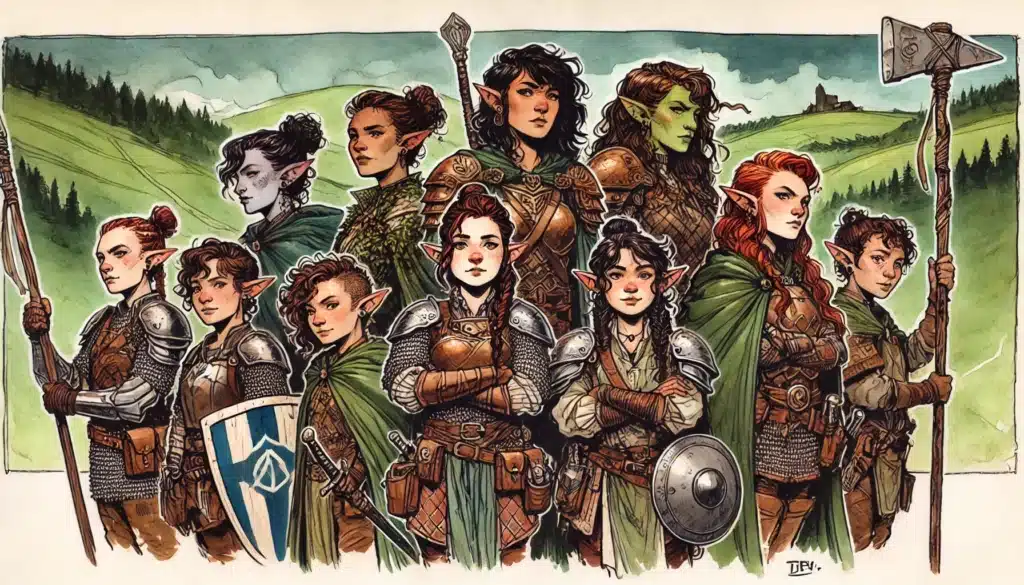
Final Thoughts on Managing Large D&D Groups
Stepping behind the screen for a large adventuring party isn’t a punishment—it’s an invitation to orchestrate a saga with cinematic scale. The challenges are real: slow beats, distracted players, the necessary focus it takes to make space for every voice. But these hurdles are matched, and often surpassed, by the raw potential for creative synergy and shocking moments of group brilliance.
Intentional mechanics are your shield and sword. With team initiative, streamlined encounters, or shared table roles, the risk of chaos transforms into the electricity of possibility. Delegate, trust, and encourage, and you’ll find your table breathing with life—everyone invested in both their own journey and the party’s collective dream.
Shared responsibility makes a mighty fellowship. When players help run the show, they become architects of the narrative. Sub-groups, downtime, and deliberate spotlight ensure that everyone gets their story, even when the table is packed. Suddenly, large parties aren’t just survivable—they’re exhilarating.
Above all, don’t chase flawlessness—chase adaptation. Big D&D groups aren’t solved once and for all; each session is a new tapestry, woven from changing needs, personalities, and goals. Embrace the glorious mess. Offer some structure, but revel in the unpredictable improvisation that only a true ensemble brings.
If you’re on the edge—wondering if you’re ready for the big table—take heart. You need not overhaul your DM style in a single leap. Instead, pick one of these techniques, test it, and see what inspires your unique group. Let your campaign evolve, and add new layers as you learn what excites, empowers, and unites your players.
With flexibility, intention, and a dash of boldness, large parties become more than the sum of their parts. Forge your epic. The stories you tell together may just become the ones you treasure for years to come.

